What does an anti-roll bar do for an S197 Mustang? Anti-roll bars, or sway bars, prevent the body of the car from moving laterally, or “rolling” during cornering or extremely hard launches. Body roll shifts the weight of the car unequally on the tires, affecting traction and handling characteristics.
However, there is a big difference in the type of anti-roll bar application, depending on how you plan on racing your Mustang!
S197 Anti-Roll Bar Purpose
S197 anti-roll bars help keep the car stable during cornering and launches. We sometimes call these “sway bars”, especially if we are talking about handling characteristics and traction in corners.
They are really interchangeable terms, but usually, drag racing applications choose to talk about “body roll” while handling applications talk about “sway bars”. This is especially since many sway bars are often sold as kits of both front and rear to provide complementary handling characteristics for both axles.
Drag racers usually remove the front sway bar altogether to reduce weight at the front of the car!
Drag Racing Applications
In drag racing applications, many racers choose to turn to an extremely stiff “anti-roll bar” to make sure the car launches as straight as possible, keeping weight equally on the rear tires to maximize traction.
Drag racing anti-roll bars, such as the BMR model are a lot thicker and stronger to control the torque applied to the ground on sticky drag radials or slicks. In this application, since the sticky tire is going to grip the ground a lot more than a street tire would, and that force needs to go somewhere.
As the engine twist the drivetrain and the rear axle as it applies energy to the ground, it will try to twist the axle away from the body of the car. Since the axle can only push itself so far into the ground, the body of the car itself will move. These bars can be up to 35 mm in diameter to control this torsion effect.
Since drag racing application anti-roll bars are so much stiffer than typical sway bars, it’s going to provide a very stiff ride over uneven streets. BMR claims that their anti-roll bar can adjust up to 4,090% more than the stock rear sway bar!
Autocross and Track Racing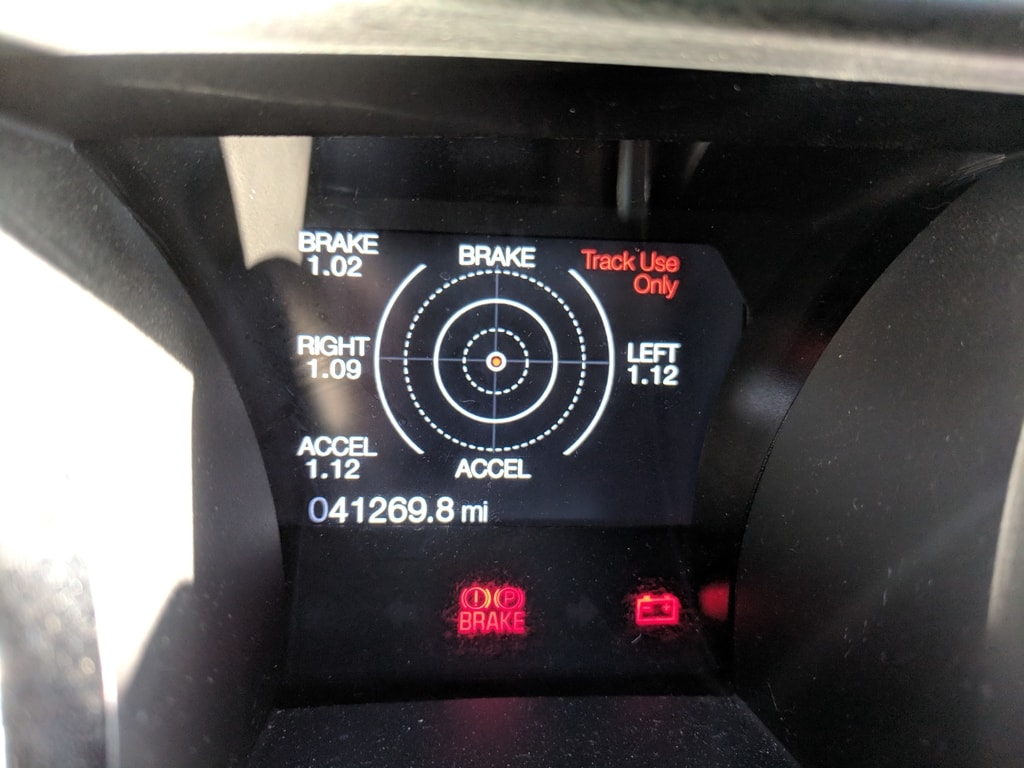
Sway bars designed for improved handling for S197s can be found from a variety of aftermarket manufacturers and are generally in the 18 to 24 mm range, depending on how stiff you want your suspension.
S197s typically benefit greatly from a stiffer front sway bar. A stiffer front sway bar will control the front suspension a lot better than the soft factory sway bar. I personally recommend an adjustable sway bar if you plan on doing varied types of driving, especially during the winter.
During the summer and for autocross season, I tighten it up to its maximum setting, but winter tire season goes to the most flexible setting to increase traction and reduce understeer.
Understanding How Anti-Roll Bars Work
Taking the time to understand exactly how sway bars work as part of the overall suspension system will help you to determine the best fit for your car.
Sway bars work their magic by tying the driver and passenger side suspension together. If the passenger side suspension begins to flex, it literally pushes on the sway bar that is connected to the driver side strut.
This means that it acts as a supplementary spring, depending on how much the body is rolling at any given time. The more body roll, the more the sway bar will push against the compressing suspension.
S197 Rear Sway Bar Stiffness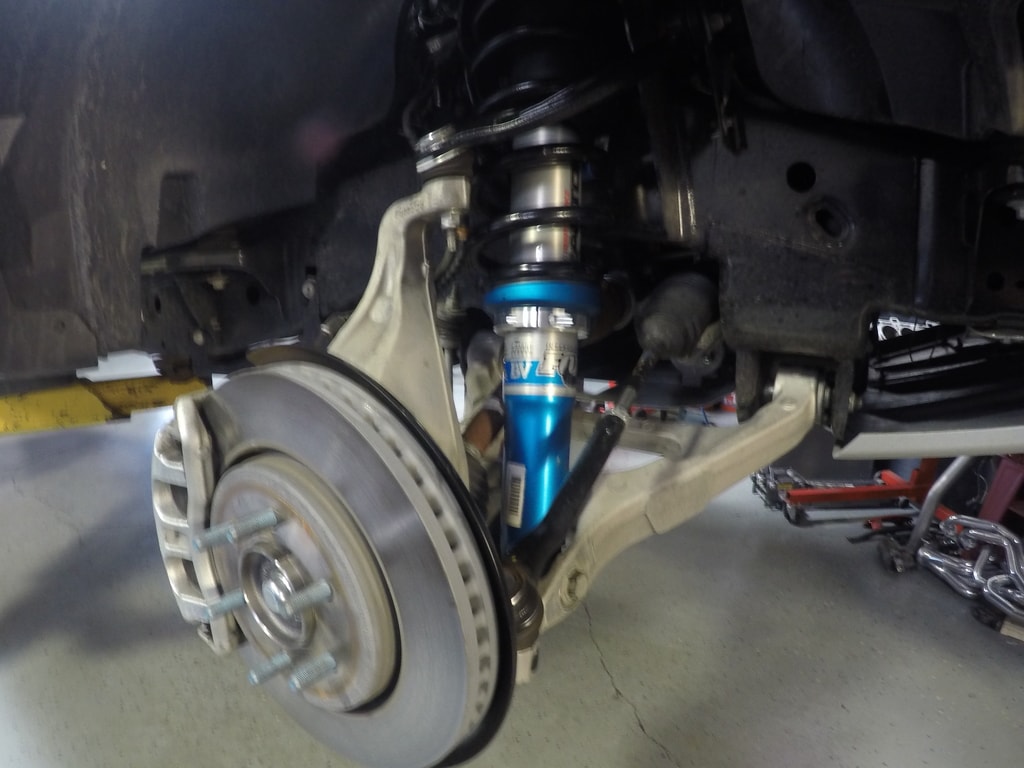
Changing to a stiffer rear sway bar is often a good idea if you plan on increasing handling. The rear sway bar that comes from the factory is puny and certainly does not control body roll as well as it should.
Increasing the rear sway bar will allow the rear axle to support the car around turns. When the car goes around the corner, the rear axle and the rear sway bar will support the body of the car, while allowing the front suspension to flex and allow the tires to maintain a good contact patch with the ground.
Running too hard of a bar in the rear will compromise rear traction since the car will fight to stay straight by leaning on the rear sway bar. As our cars have a lot of torque, even in factory form, this will provide a challenge when accelerating out of corners.
A thicker rear sway bar will make a big difference in the handling of your car on the street, track, and autocross courses.
Sway Bars Do Not Control Front-to-Back Motion
However, there are limits to what the sway bar can do.
First of all, it is not designed to function in any way if both driver and passenger side suspension is being compressed at the same time. In this case, the bar will simply rotate up as the suspension compresses and allow the shocks and springs to do their job as they are meant to.
This means that it will not help to control front-to-back seesaw action. It is only meant to control side-to-side motion.
Some see this as a benefit to the overall design as tighter handling can simply be had by changing the front sway bar and leaving the rest of the suspension components alone.
On the road, the car will feel a lot more stable and handling will be much crisper while leaving the other suspension components to soak up the road imperfections and provide a better ride.
Sway Bars and Tire Interaction
Secondly, a harder suspension can only provide better handling if the traction provided by the tires can support it. The easiest way to induce understeer is to run a front suspension that is too hard for the front tires to take advantage of.
Tires work great by being pushed against the road. If the body of the car cannot roll enough to shift the car’s weight and apply a downward force to the outside suspension, the suspension will not be able to make the tire roll on the ground with a square contact patch.
Poor quality, underinflated, or soft-sidewall tires will have a cone-shaped contact patch, instead. This causes the outside of the tire’s tread to take the weight of the car. Traction will be compromised and the front of the car will plow forward.
Too hard of a front sway bar will essentially lock the left and right front suspension together, turning it into an inflexible unit that feels a lot like a solid axle. The front suspension simply won’t be able to control how the tires touch the road. Not ideal for quality handling.
Suspension tuning is an art. Finding the right components to match the weight of your car, tire stickiness, and interaction with the other suspension components is completely a matter of application. I know some club racers who have many sway bars and change theirs out depending on which track they are visiting that week!
Related Questions
Do sway bar end links help
What kind of grease is best for sway bars? Lubricating your sway bars with silicone lubricant will lengthen the life of your sway bar bushings.
Mustang GT Weight Compared and Explained
The weight of a Mustang GT varies by model, options, and year. Since managing weight is so important, here is a master list of all the Mustang model years and their gross weight. In an effort to measure similar models, only the estimated equivalent of the Mustang GT,...
read moreHow to Make Your Mustang GT Exhaust Crackle and Pop
An exhaust that crackles and pops is one of the best parts about driving a Mustang. Having an exhaust that leaves a thick, throaty burble in its wake is a touchstone of American muscle cars and hot rods making big power. What’s the easiest way to get your exhaust to...
read moreHow to Run a Mustang Supercharger in Cold Weather
How can you protect your supercharged, 600+hp mustang in the winter? I did some research on what the warning in the manual for 25F actually means! Daily driving a Coyote Mustang has been one of the best experiences, especially after I lucked into a used Paxton...
read more
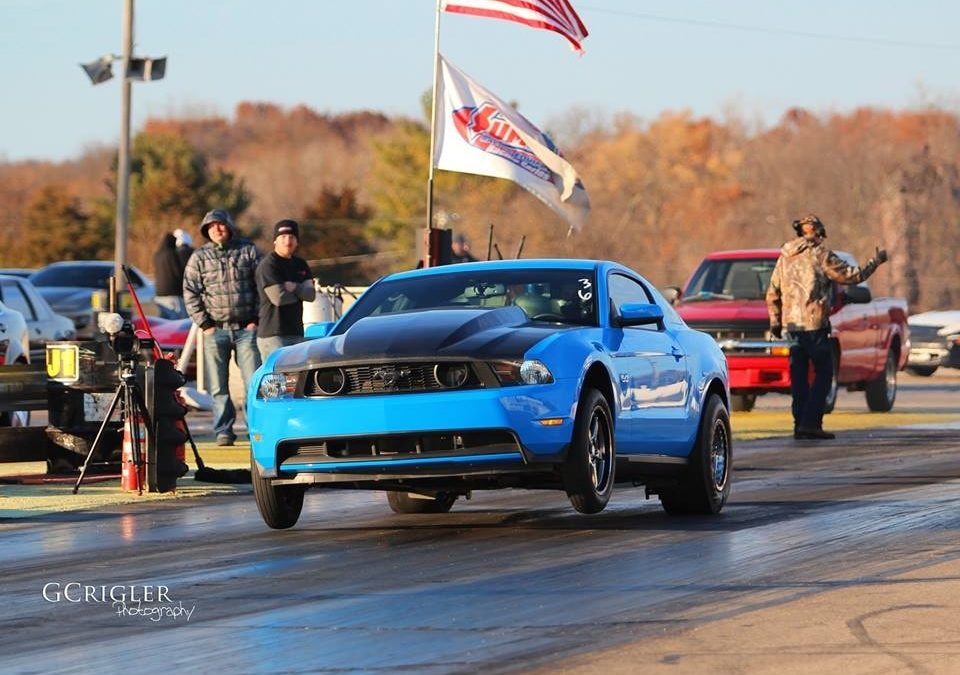
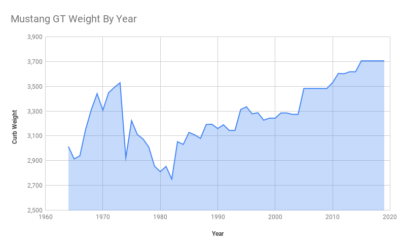
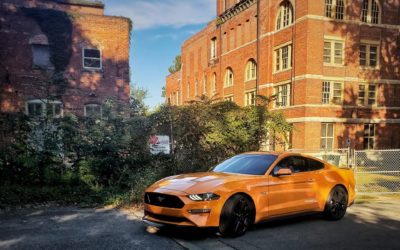

Recent Comments